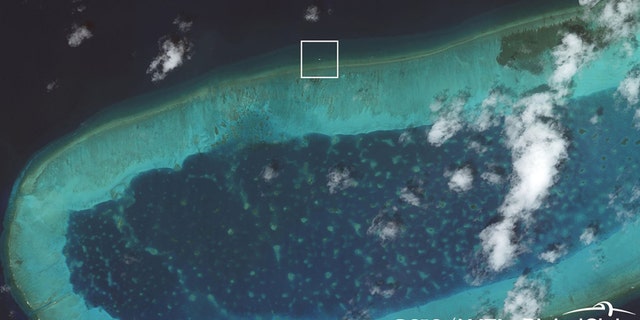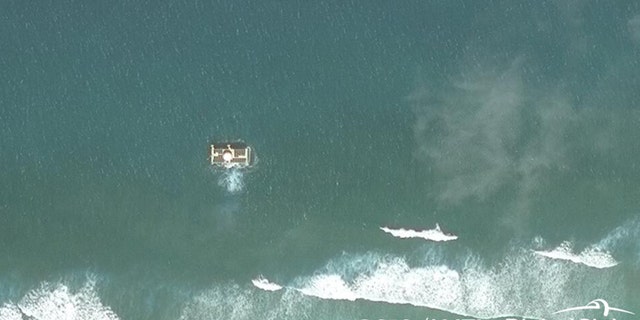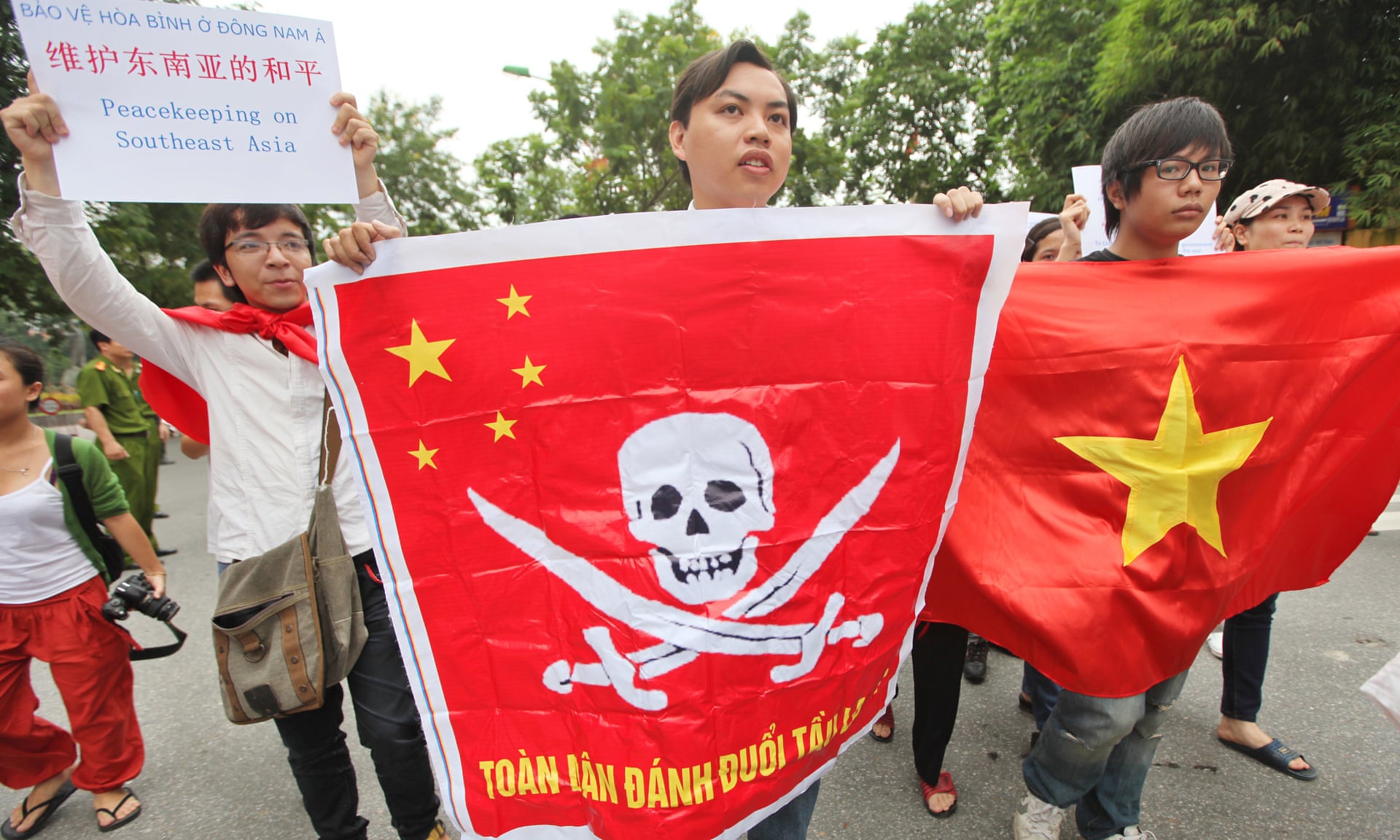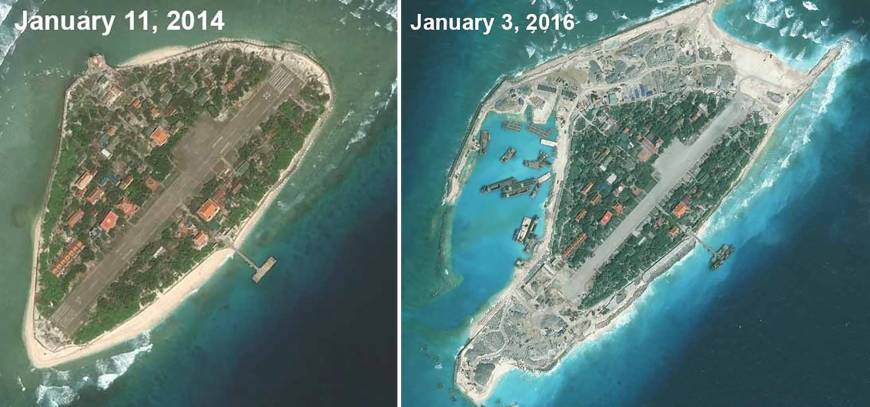By Travis Fedschun
China has constructed a new platform at a remote part of the disputed South China Sea that could be used for military purposes, according to satellite images reviewed by a U.S. think tank on Tuesday.
The Asia Maritime Transparency Initiative of Washington’s Center for Strategic and International Studies said the "modest new structure" appears to be anchored on Bombay Reef, and is topped by solar panels and a radome.
The Asia Maritime Transparency Initiative of Washington’s Center for Strategic and International Studies said the "modest new structure" appears to be anchored on Bombay Reef, and is topped by solar panels and a radome.
A radome is an enclosure that protects radar equipment.
"The development drew attention given Bombay Reef’s strategic location, and the possibility that the structure’s rapid deployment could be repeated in other parts of the South China Sea," the group said in its report.

The new structure on Bombay Reef has been spotted in satellite photos. (CSIS/AMTI)
Bombay Reef, a remote, undeveloped outcropping, is located on the southeastern edge of the Chinese-controlled Paracel Islands in the South China Sea.
"The development drew attention given Bombay Reef’s strategic location, and the possibility that the structure’s rapid deployment could be repeated in other parts of the South China Sea," the group said in its report.

The new structure on Bombay Reef has been spotted in satellite photos. (CSIS/AMTI)
Bombay Reef, a remote, undeveloped outcropping, is located on the southeastern edge of the Chinese-controlled Paracel Islands in the South China Sea.
Vietnam also claims the reef, which already has a lighthouse to serve as an aid to navigation.
The new platform first appeared at the reef in satellite imagery dated July 7, 2018, and was not present in earlier shots from April.
Unlike China's large man-made islands created by piling sand on top of coral reefs, installing the modestly-sized Bombay Reef platform did not mean inflicting major environmental damage, CSIS said.
Unlike China's large man-made islands created by piling sand on top of coral reefs, installing the modestly-sized Bombay Reef platform did not mean inflicting major environmental damage, CSIS said.
The installation, however, shows how easily China could expand its footprint to other features such as Scarborough Shoal, which it seized from the Philippines in 2012, it added.

The Asia Maritime Transparency Initiative of Washington’s Center for Strategic and International Studies said it's likely the purpose of the platform is "military in nature." (CSIS/AMTI)
"The more likely possibilities, given Bombay Reef’s strategic location, are military in nature," the group said in its report.

The Asia Maritime Transparency Initiative of Washington’s Center for Strategic and International Studies said it's likely the purpose of the platform is "military in nature." (CSIS/AMTI)
"The more likely possibilities, given Bombay Reef’s strategic location, are military in nature," the group said in its report.
"The reef is directly adjacent to the major shipping lanes that run between the Paracels and the Spratly Islands to the south, making it an attractive location for a sensor array to extend Chinese radar or signals intelligence collection over that important sea lane."

On Wednesday, the USS Ronald Reagan docked in Hong Kong days after a pair of American B-52 bombers flew over the disputed South China Sea.

On Wednesday, the USS Ronald Reagan docked in Hong Kong days after a pair of American B-52 bombers flew over the disputed South China Sea.
The recent tensions come ahead of a planned meeting later this month between President Trump and Chinese dictator Xi Jinping.
In late September, a Chinese destroyer came close to the USS Decatur in the South China Sea in what the U.S. Navy called an "unsafe and unprofessional maneuver."
In late September, a Chinese destroyer came close to the USS Decatur in the South China Sea in what the U.S. Navy called an "unsafe and unprofessional maneuver."
 Subi Reef in the South China Sea.
Subi Reef in the South China Sea. 


